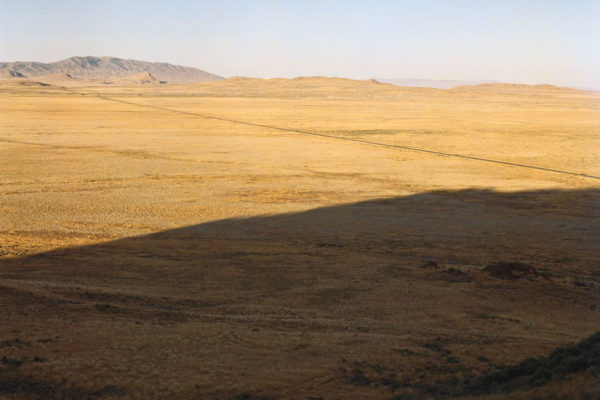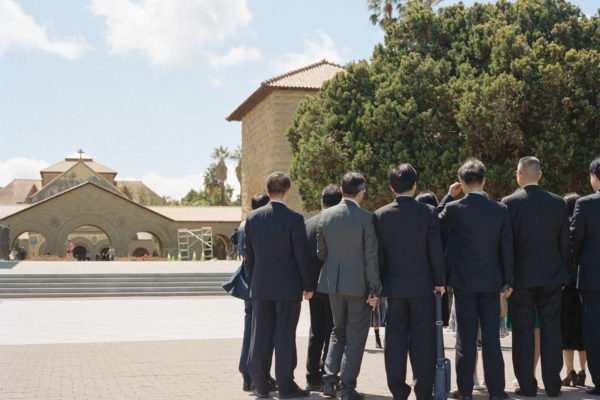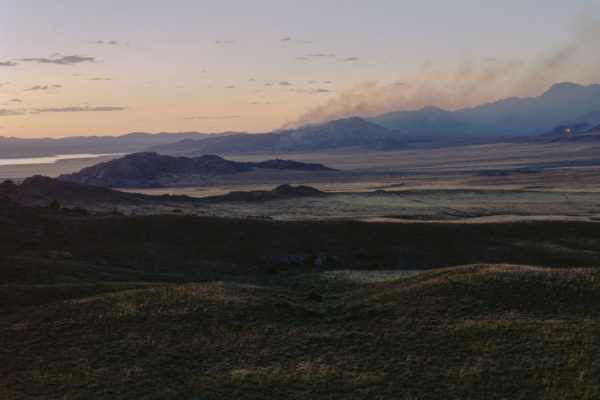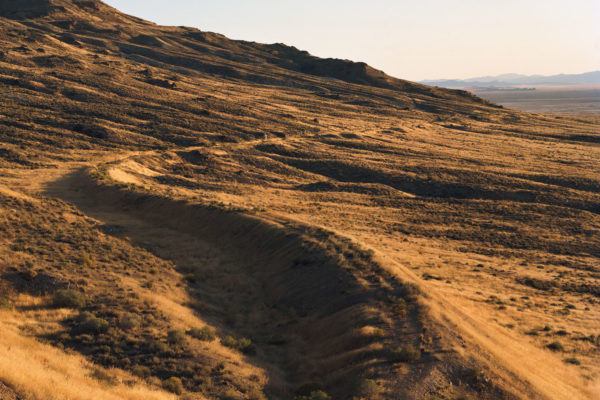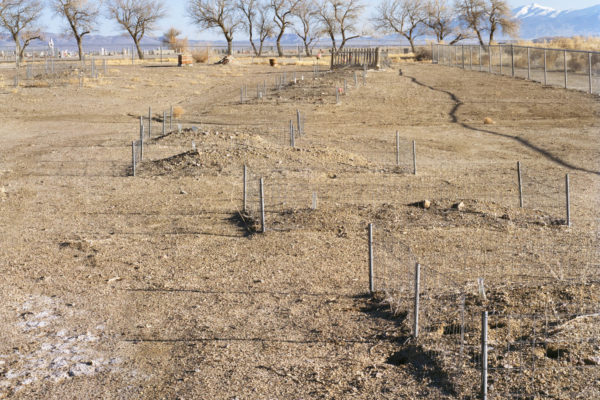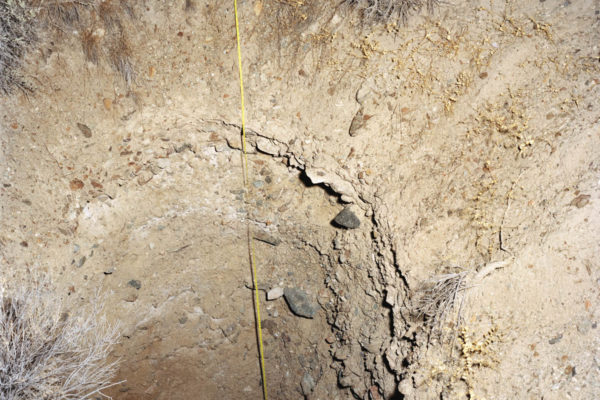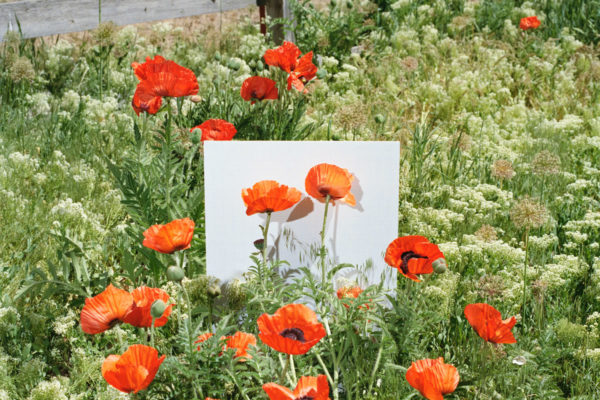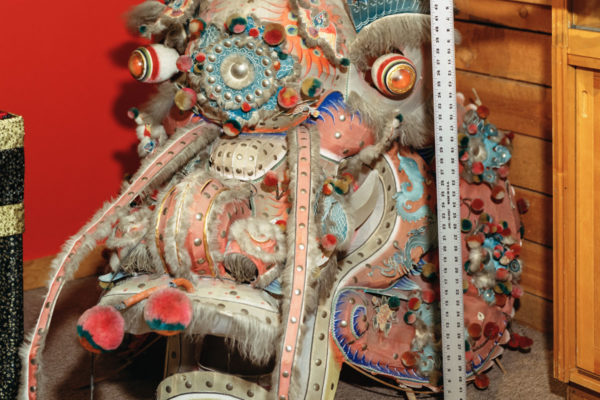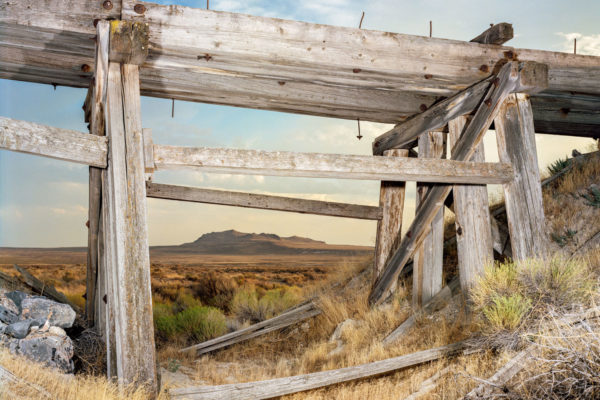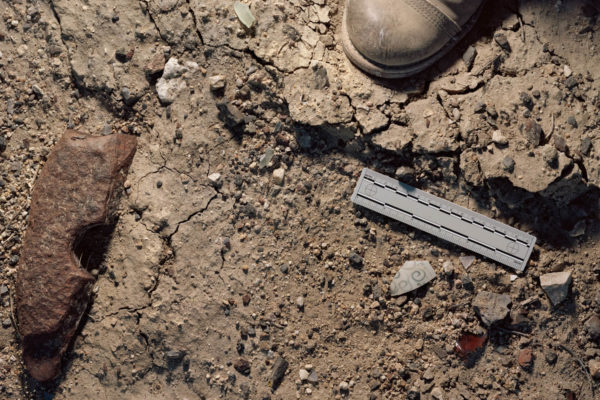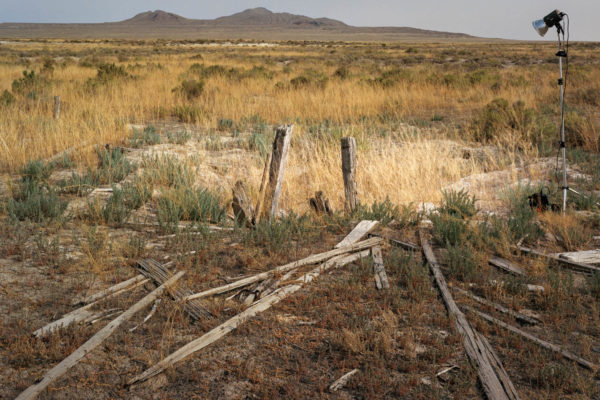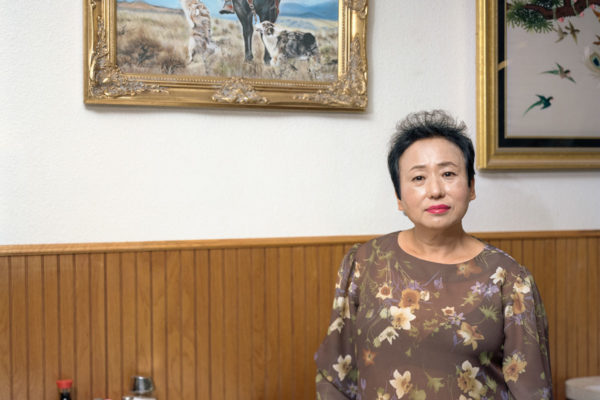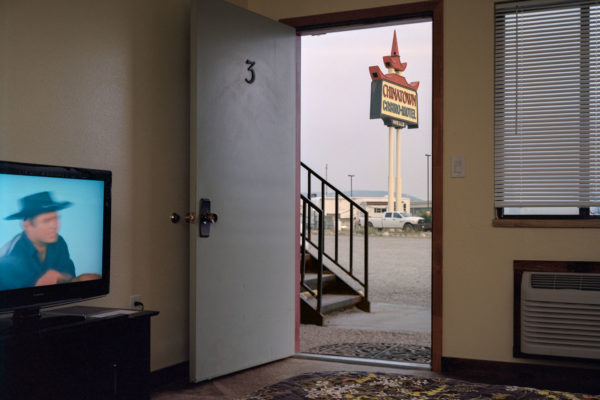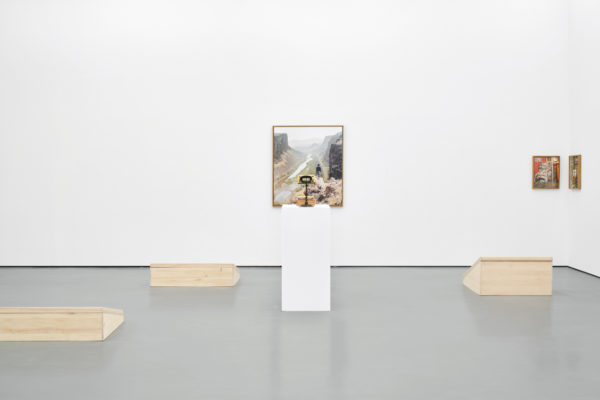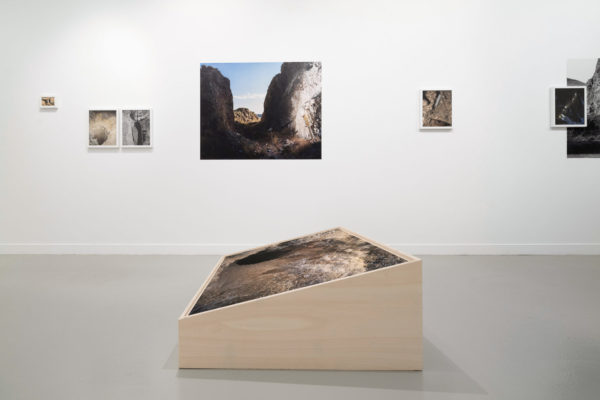Abstract of the accomplished photographic work
In 1849, large-scale Chinese immigration began during the California Gold Rush. As laborers arrived in the American West, tensions rose over race, culture, and the labor market in the following decades, fostering the notion of Chinese migrants as unassimilable others.
Based on my research into the photographic archive of Alfred A. Hart, the official photographer for the western segment of the First Transcontinental Railroad, which rendered laborers peripheral to the grand narrative, I embarked on an on-site investigation to uncover this hidden history. My search through the vast wilderness aimed to illuminate traces left by Chinese workers across transformed terrain and infrastructure, and to recreate forensic landscapes that resist the archive’s imperial gaze.
Through unexpected encounters along my journey, history’s residue began to echo. As these belated traces emerged through present realities, a parallel narrative took shape, quietly turning an outward search inward.
Description of the project you intend to pursue through the Prize
Fixed frames cannot accommodate dynamic realities, as classification itself is a product of power. In my on-going project How to (Un)Name a Tree, I investigate moments of misalignment in the scientific naming of three closely related East Asian pines, to recalibrate our perception of natural and cultural landscapes.
These pine trees grow across southeastern China, central Taiwan, and the Ryukyu Islands of Japan, regions marked by overlapping colonial histories and current geopolitical frictions.
I travel to their respective habitats and photograph these pine landscapes in mist or at nightfall, visually detaching them from geographic context. Rather than reinforcing fixed geopolitical narratives, I allow the limits of photographic knowing to surface. I aim to suspend the indexical link established by both Linnaean taxonomy and the photographic apparatus with reality, creating a suspension of certainty and in turn, inviting a re-imagination of ways of knowing.



